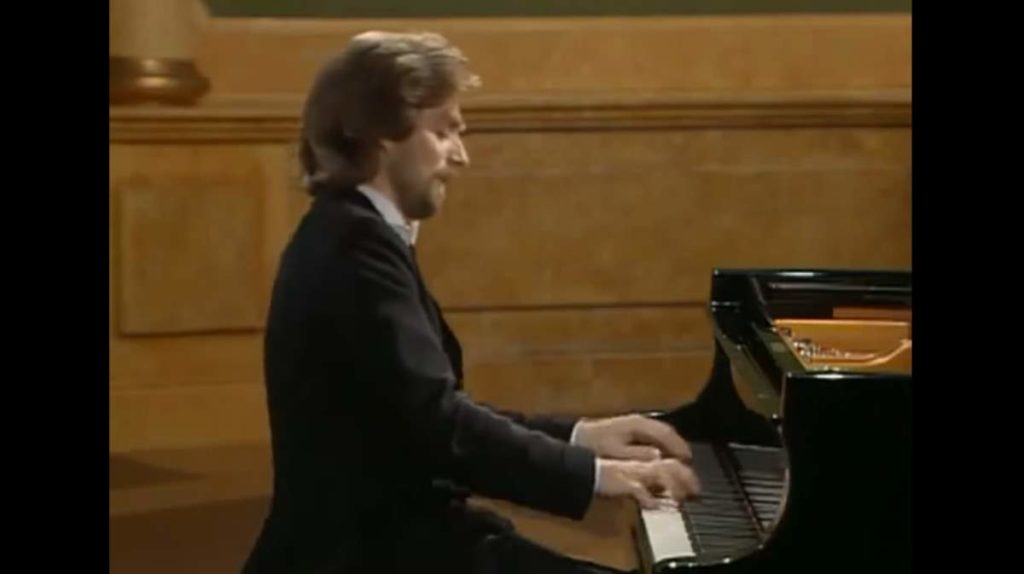One of the greatest pianists of the 20th century, Vladimir Horowitz plays Frédéric Chopin’s Ballade No. 1 in G minor, Op. 23. Chopin completed the piece in 1835 after his move to Paris, where he dedicated it to Baron Nathaniel von Stockhausen, the Hanoverian ambassador to France. This performance was recorded in 1982 in London.
Frédéric Chopin’s Ballade No. 1
Chopin’s Ballade No. 1 in G minor, Op. 23, is one of his most celebrated and frequently performed works. Composed between 1831 and 1835, it marks a significant development in his compositional style, blending lyrical expressiveness with dramatic intensity. The piece is inspired by the narrative form of the ballad, a poetic genre that tells a story, and it reflects a deep emotional journey.
The Ballade opens with a somber and mysterious introduction, setting the stage for the unfolding musical drama. This introduction leads into the main theme, a hauntingly beautiful melody that recurs throughout the piece in various transformations. Chopin masterfully weaves this theme into a tapestry of contrasting sections, each one exploring different moods and characters. The transitions between these sections are seamless, showcasing Chopin’s ability to maintain a cohesive narrative while introducing a wide range of emotions.
As the Ballade progresses, the intensity builds, leading to a series of climactic passages. Chopin’s use of harmony, rhythm, and dynamics creates a sense of urgency and passion, driving the music forward. The technical demands on the pianist are considerable, requiring both virtuosic skill and deep interpretive insight. The rapid arpeggios, intricate fingerings, and complex chordal structures challenge even the most accomplished performers.
The piece reaches its zenith with a dramatic and tumultuous coda, where the initial themes are transformed and intensified. This final section is a whirlwind of emotions, culminating in a powerful and decisive conclusion. The G minor Ballade ends with a sense of finality, leaving the listener with a profound impression of both the beauty and the emotional depth of the journey.
Chopin’s Ballade No. 1 is not only a technical showcase but also a deeply expressive work that communicates a wide spectrum of human emotions. Its enduring popularity is a testament to its artistic brilliance and its ability to resonate with audiences and performers alike.
Sources
- Ballade No. 1 (Chopin) on Wikipedia
- Ballade No. 1, Op. 23 (Chopin, Frédéric) on the International Music Score Library Project’s website
